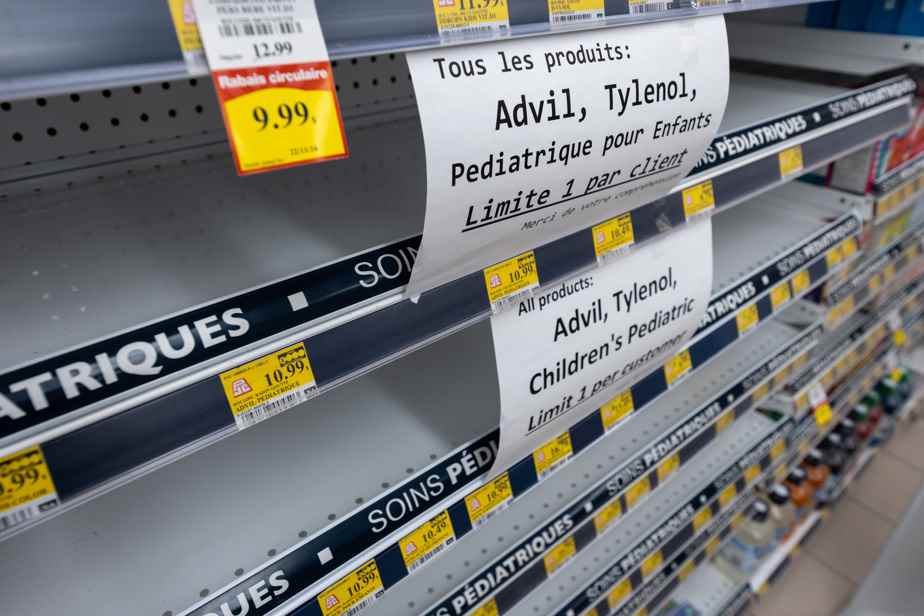(Toronto) Domestic drug shortages are warning signs about the vulnerability of Canada’s supply system, experts say.
Across the country, people are struggling to find adult cold, cough and flu medicine, hot on the heels of a shortage of fever and pain medicine for children that is still not fully resolved.
“It’s a bit of a wake-up call,” said Joelle Walker, vice-president of public and professional affairs at the Canadian Pharmacists Association.
In December, the association informally surveyed pharmacists across the country and found that there was “still some pressure” on the supply of pediatric pain and fever medications, even after the federal government imported more to help alleviate the shortage.
Many pharmacists said they were either completely out of adult cold and flu medication or had a “minimal supply.”
There have been no identified issues on the manufacturing side that would explain these shortages, said Mina Tadrous, an assistant professor of pharmacy at the University of Toronto who specializes in drug policy and drug oversight.
Mr. Tadrous and Mr.me Both Walker said the issue appears to be of huge demand as more and more people get sick during this respiratory disease season.
The situation is made worse by panic buying and stockpiling as people worry about shortages.
“I’m not sure we expected an over-the-counter drug to have such a tight supply,” Ms.me Walker.
However, despite the extraordinary demand, these are not the first drug shortages in Canada, she said – and they reveal a deeper problem in the way the country manages its drug supply.
“Time and time again…we have a shortage happening. We all struggle to deal with it and then we move on, Ms.me Walker. What we would like to see is a more comprehensive action plan to prevent shortages. »
“Part of that is creating an environment where manufacturers are not only willing to invest in domestic production here, but are willing to bring their products to market. [canadien] “, she said.
In addition, the federal government must invest in the development of a “drug hot list”, which, according to Ms.me Walker, would identify the drugs most important to Canadians and the risks of shortages. These risks could include relying on only one or two manufacturers for a given drug.
Such a list would allow the government to take measures such as strengthening domestic production or collaborating with other countries that produce these drugs, Tadrous added.
In addition, Canada needs to improve the data it has on drug supply so it can respond more quickly to shortages, rather than waiting “for the shelves to run empty”, he added.
Unfortunately, Tadrous said, it is unrealistic to think that there will ever be a shortage of drugs.
“The number of shortages occurring is unacceptable and we could do better. »
The “positive side” of the COVID-19 pandemic is that it has shown how quickly Health Canada can act by importing drugs, he said.
“We have to take advantage of the fact that politicians are finally paying attention to this. Policy makers are finally paying attention to this. And maybe we can make another move the same way we did when the pandemic hit. »
In an emailed statement to The Canadian Press on Friday, federal Health Minister Jean-Yves Duclos’ office said it was “aware of the situation regarding adult cold and flu medications.”
“We are monitoring the situation closely as it is rapidly evolving,” the statement said. Our office and Health Canada are already in discussions with manufacturers here in Canada and abroad. »
The Canadian Press health content gets funding through a partnership with the Canadian Medical Association. The Canadian Press is solely responsible for editorial choices.
